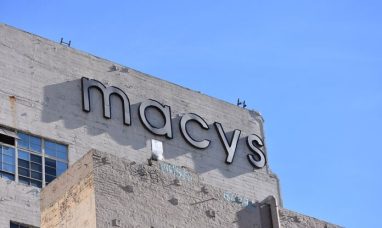General Electric (NYSE:GE)
Going into the first quarter earnings season, Wells Fargo Securities analysts recommend General Electric (NYSE:GE) and Honeywell International (NASDAQ:HON) as the top defensive stocks. Defensive stocks are often viewed as safe buys during market volatility. They also adjusted their pricing projections for a wide variety of their featured manufacturers. As a result, GE stock surged.
Given its late/long cycle orientation and high-profit allocation to aerospace, GE stock is our group’s most defensively oriented stock. The aerospace sector is favorable, and Honeywell stock tends to do well in defensive positioning conditions, according to research by Wells Fargo analyst Joseph O’Dea dated April 13. “No execution missteps to distract from positioning appeal is key in our view for the quarter.”
There have been several worrying signs about manufacturing in the United States recently. For the seventh month, the Institute for Supply Management’s manufacturing index dropped below 50 in March. This is the point at which growth or contraction becomes apparent. The figure of 46.3 in April was the lowest since May 2020, when worldwide economic chaos was caused by pandemic lockdowns. S&P Global’s manufacturing index for the United States touched 49.2 in March, marking the sixth consecutive month that the index has been below 50.
In light of the recent failures of Silicon Valley Bank (OTC:SIVBQ) and Signature Bank (OTC:SBNY), a potential threat for manufacturers of construction equipment and heavy machinery is the tightening of credit conditions for regional banks. Construction finance is mostly provided by regional banks.
Wells Fargo said investors will watch product order patterns and other demand measures.
More backlog burn should result in increased revenue, and lower costs should lead to higher margins. Therefore Wells Fargo says we should anticipate “solid results.” However, we expect less upside risk to equities from earnings surprises and an optimistic management tone since credit tightening is a systemic risk to our group. People would rather see how demand develops.
Featured Image: Megapixl









